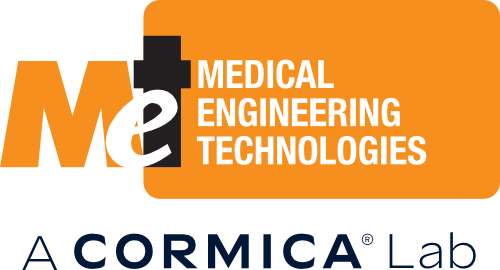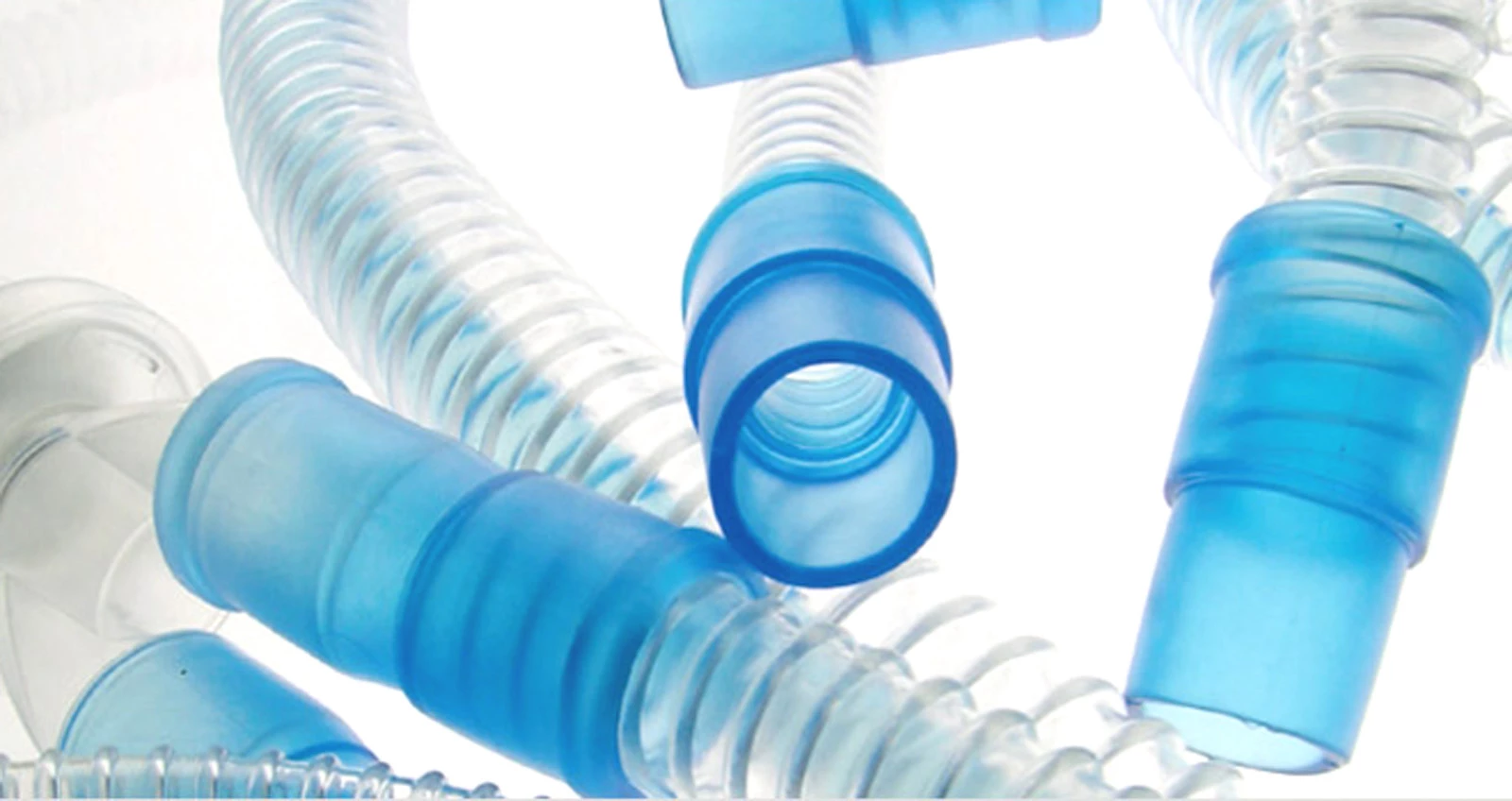In 2018, ISO 10993 introduced the BEP as an essential step in the biological evaluation of medical devices. The BEP has now developed into a risk analysis process which can been combined with the chemical characterisation requirement. They can lead directly to a positive Biological Evaluation Report (BER) or to the specification of further testing prior to reporting positively.
The goal here is to ensure that medical devices do not have toxic effects on the end user or at least that the cost benefit analysis of any toxic effects is positive. There is always a risk associated with a medical intervention, but this can and should be minimised. There is a secondary goal, which is to reduce the need for biological testing.
The key question for this risk analysis is, whether the materials going into a device have proven safe use in an application at least as invasive as the application under consideration. If you are developing a novel resorbable suture it is likely that you are using novel materials and such evidence does not exist. It you are developing a novel haemostatic dressing you might be applying novel materials or existing materials in a novel way. If you can provide evidence that the materials you are proposing to use are safe for prolonged, breached tissue contact and that your processing does not change the materials in a way which would effect the biocompatibility then no testing is necessary.
The sort of information that goes into BEP is:
- The application
- Location and invasiveness of contact
- Duration and frequency of contact
- Target population
- The components list
- The materials list for each component
- The processing list for each component and the finished device (including any processing aids such as: lubricants, cleaning chemicals, cross contamination, sterilisation media ….)
- The existing evidence of biosafety for each material
- ISO 10993 testing data
- MSDS chemical safety data
- Any contra-indications
- Any ecological hazards
- Previous submissions for devices containing the material
If the BEP indicates that all the materials have good evidence of safety, that processing has no possibility of changing this safety, that there is no risk of contamination and that the combination of materials is not toxic, then the Biological Evaluation Report (BER) can conclude that no further testing is required. If the conclusion is that safety has not been proven the BEP should propose a test programme to satisfy the endpoints found in the ISO 10993-1 biocompatibility matrix.
BEPs carried out at MET aim to reduce your test requirement to the absolute minimum. When testing to satisfy end points is needed we will always maximise the chemical testing above the biological testing. The chemical extractables analysis combined with a Toxicological Risk Analysis can cover all end points that don’t investigate a local effect. For examples skin irritation and fibrosis around an implant are local effects.

